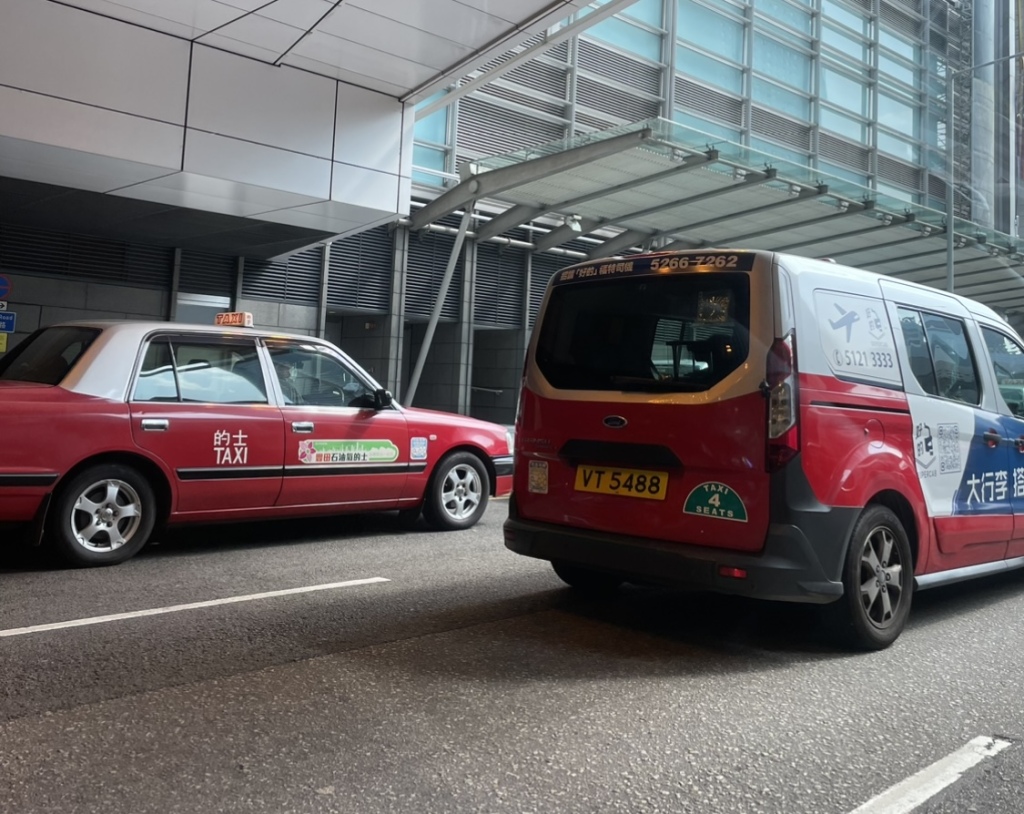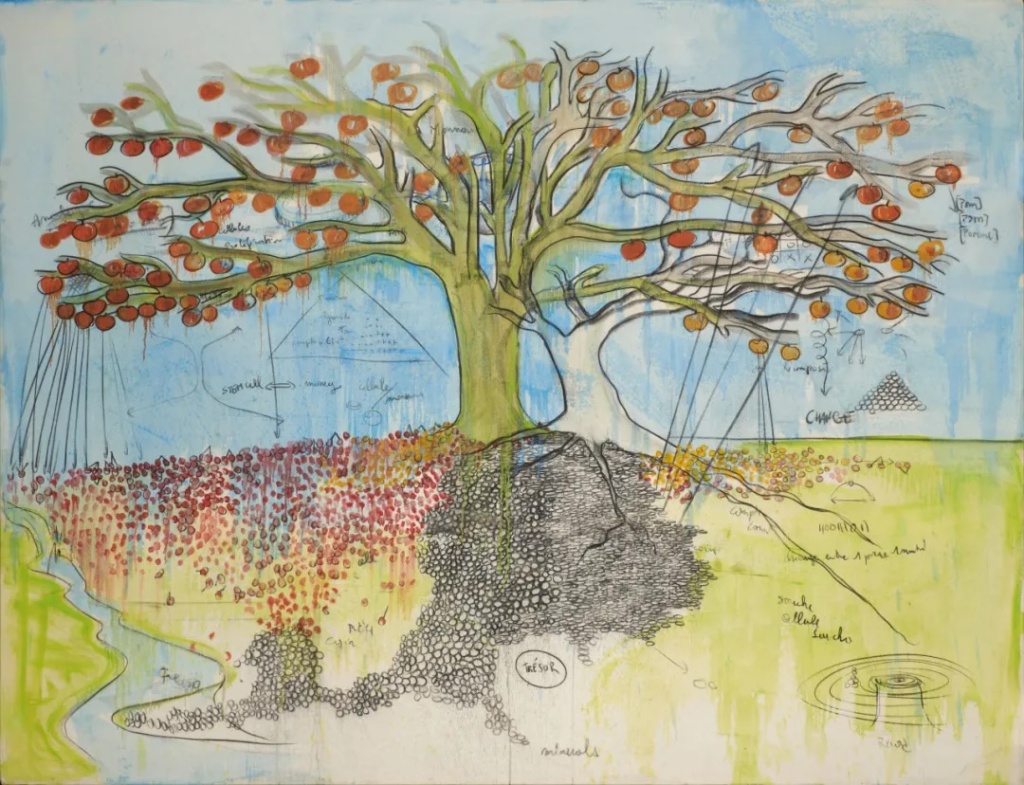
Taxis are called taxis in Hong Kong, and red taxis are one of the symbols of Hong Kong.
In fact, in addition to red, Hong Kong taxis actually have green and blue. Each color represents a different operating area. The reason why red is remembered as a symbol is that it has the largest number and has no restrictions on the driving range; while green and blue only drive in designated areas.
If we trace back to the beginning, Hong Kong taxi service began in the 1920s. Since there were no clear regulations on the color and model of the car body at the beginning, the appearance of taxis on the streets of Hong Kong was very diverse for a long time. The majority of Hong Kong taxis are now Toyota Crown Comfort. It is said that the Comfort with the highest mileage has traveled 3 million kilometers, which is equivalent to 75 times around the earth. If you just stop and observe the streets of Hong Kong for a while, you will find that in addition to Toyota, there are also many Nissan and Ford taxis.

However, starting from this month, Hong Kong taxis will no longer be limited to the three colors of red, green and blue, and there will be many domestic cars among the taxis. This is related to the taxi fleet system that the Hong Kong government has been planning to launch for a long time. Five fleets have been approved by the government and will be put into service in the next three months.
The five teams are JOIE, Star Taxi, Bumblebee, Big Boss Taxi and Amigo. JOIE provides three types of taxis, including MAXUS MIFA7 electric 6-seater taxis, Toyota Noah barrier-free taxis and Toyota Comfort hybrid taxis; Bumblebee Love Team chooses to paint the body of the taxi in yellow and red gradient colors; Big Boss Taxi, as the name suggests, provides boss-like taxis, and the luxury models of the team include 30 flagship cars from GAC Trumpchi E9; Amigo is a team mainly composed of electric vehicles.
It is reported that the number of taxis provided by these five fleets is 3,500. Although it only accounts for more than one-sixth of the total number of taxis in Hong Kong, the taxi fleet is an important step in the reform of Hong Kong's taxi industry, and it may be an opportunity to reshape the face of Hong Kong's taxi industry. Hong Kong's taxi industry has long been criticized for its poor attitude and picky passengers. If you add the rigid payment methods, all these are enough to discourage people from taking taxis. To ensure the quality of service, the Hong Kong government requires all fleets to provide online booking services, customer service hotlines and different electronic communication channels. All fleet taxis provide multiple electronic payment methods, and the taxi fleets can be booked through their respective apps. The overall process is no different from Uber.
However, some voices in Hong Kong question whether the taxi fleet is a superficial solution. After all, the key to reviving Hong Kong's taxi service lies in whether the treatment of taxi drivers can be truly improved. According to the New York Times Chinese website, "(Hong Kong taxi drivers) can only earn 20,000 Hong Kong dollars a month without eating, drinking, or going to the toilet. ... Take Hong Kong's iconic four-door Toyota Crown Comfort taxi and you are likely to meet a male driver in his 60s... They barely make ends meet in an industry with declining incomes and have no time to waste on social etiquette..."
"According to statistics from the Hong Kong government, there are more than 200,000 taxi drivers in Hong Kong, with an average age of 58, and about half of them are in their early 60s. Many drivers do not have enough money to retire. They need to earn HK$110 per hour to break even after paying for gasoline and taxi rentals. For them, cash in hand is better than electronic payment that takes a few days to get." Of course, it is an indisputable fact that the overall economic downturn, the decline of Hong Kong's tourism industry, and the impact of online ride-hailing platforms such as Uber have also made it increasingly difficult for Hong Kong's taxi industry to make money.
As far as I can remember, I have never had any unpleasant experience with taxis in Hong Kong. The last time I took a taxi in Hong Kong was two years ago. I watched MacDonald's "The Banshee of Inishelin" at K11 in Tsim Sha Tsui. It was already early in the morning when I walked out of the theater. After knowing that I would miss the last subway train, I decided to queue up at the entrance of the mall to wait for a taxi back to the hotel. The taxis that came to pick up passengers were all white-topped and red-bodied, and most likely a Toyota Crown Comfort was waiting for you. After taking a ride once, you will know that the driver's smooth driving skills are comparable to a hot knife cutting butter. Speeding through Hong Kong late at night, the body naturally relaxes, and various movie plots flash through my mind like a revolving lantern.
At that time, I had no idea that Hong Kong taxis, which always give people movie imaginations, are actually having a hard time.
